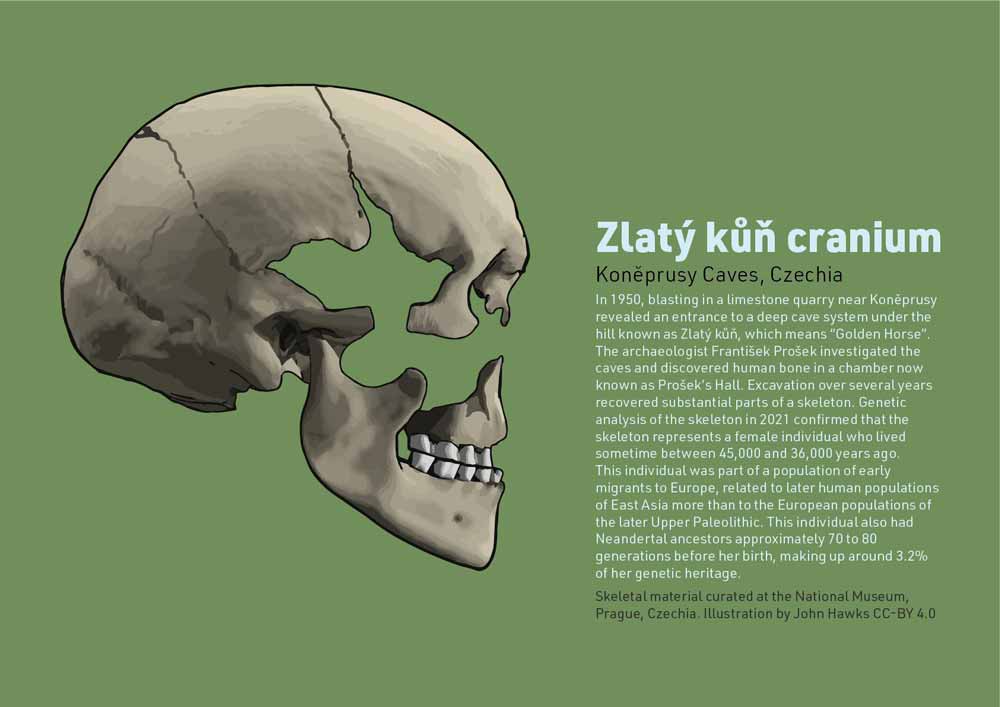introgression
Introgression is the incorporation of genes from one population into another population. Generally biologists use the term introgression when the populations are separated by substantial evolutionary distance, such as different species or lineages that have been separated by a long time.
Tracing the signature of African-to-Neandertal gene flow
A new study of African genetic variation yields a more accurate picture of the genetic exchanges between ancient Africans and Neandertals 250,000 years ago.
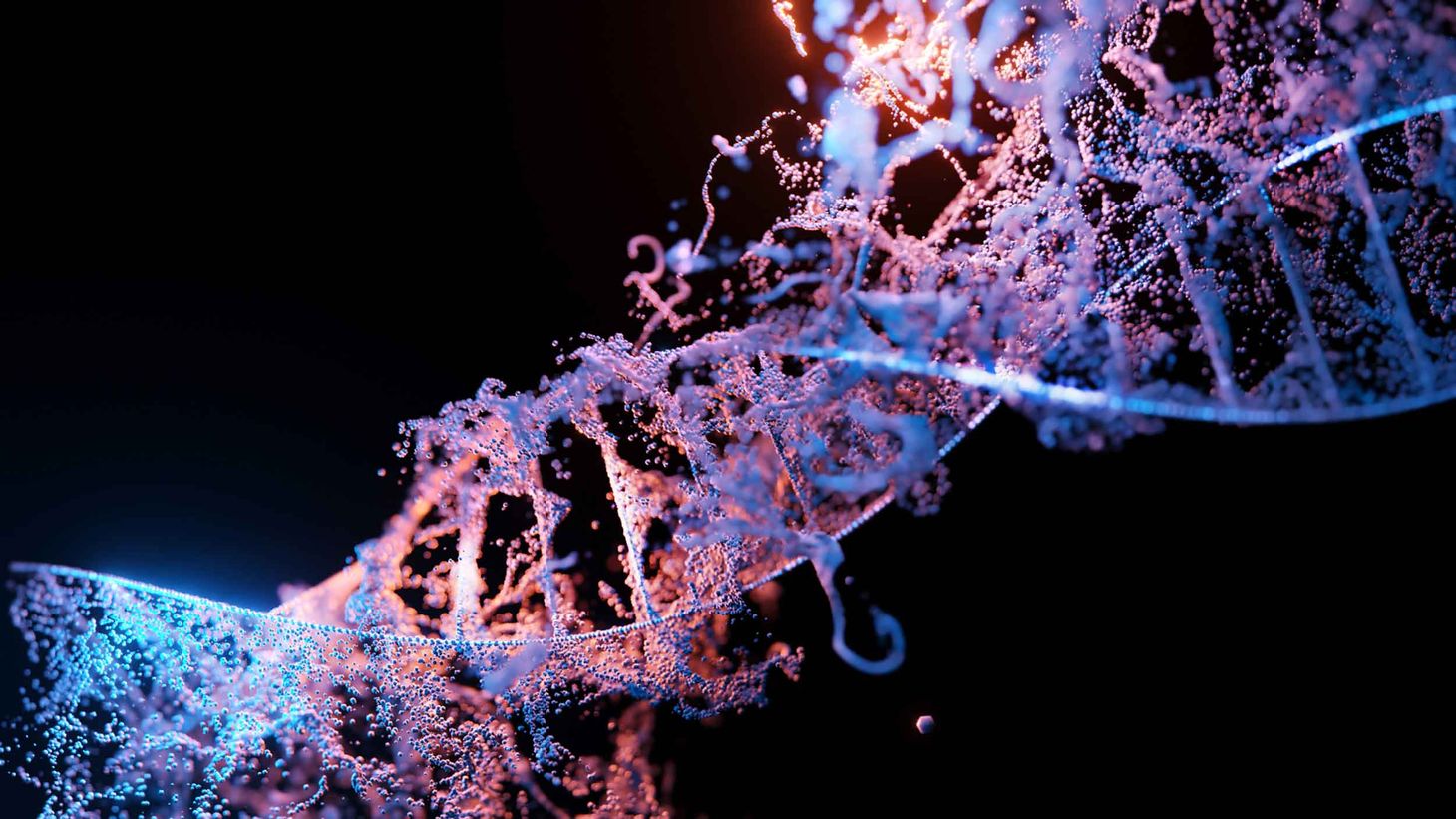
Interaction and mixture: big picture and small
From the level of function of a single gene up to the movements of entire populations, our evolution was built from mixture.

When did human chromosome 2 fuse?
More and more, it looks like this event happened shortly before a million years ago, in the common ancestors of Neandertal, Denisovan, and African ancestral humans.
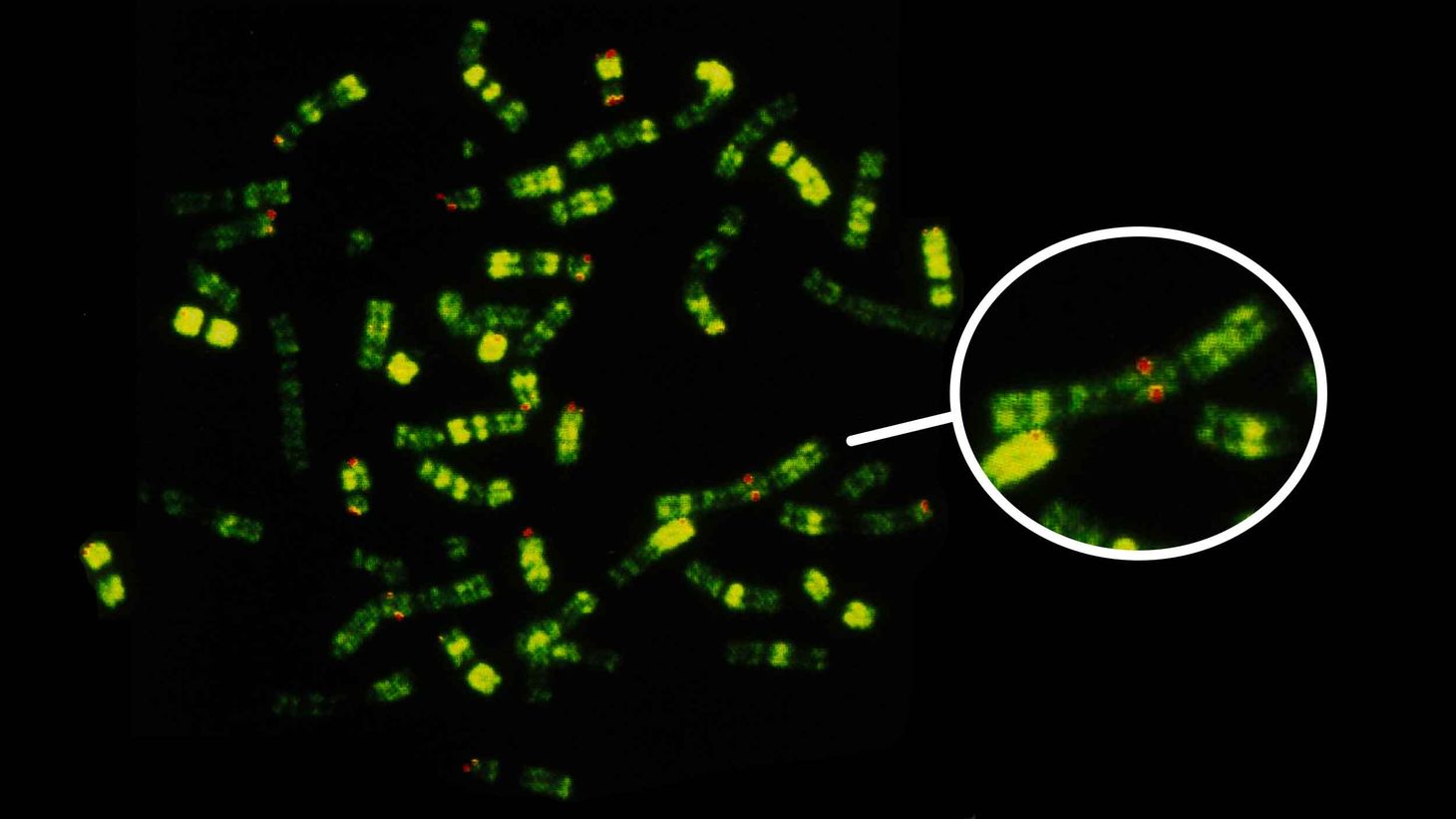
Climate models, Neandertals, and Denisovans
A new paper on biogeography of Neandertals and Denisovans raises ideas about the interactions of these groups.
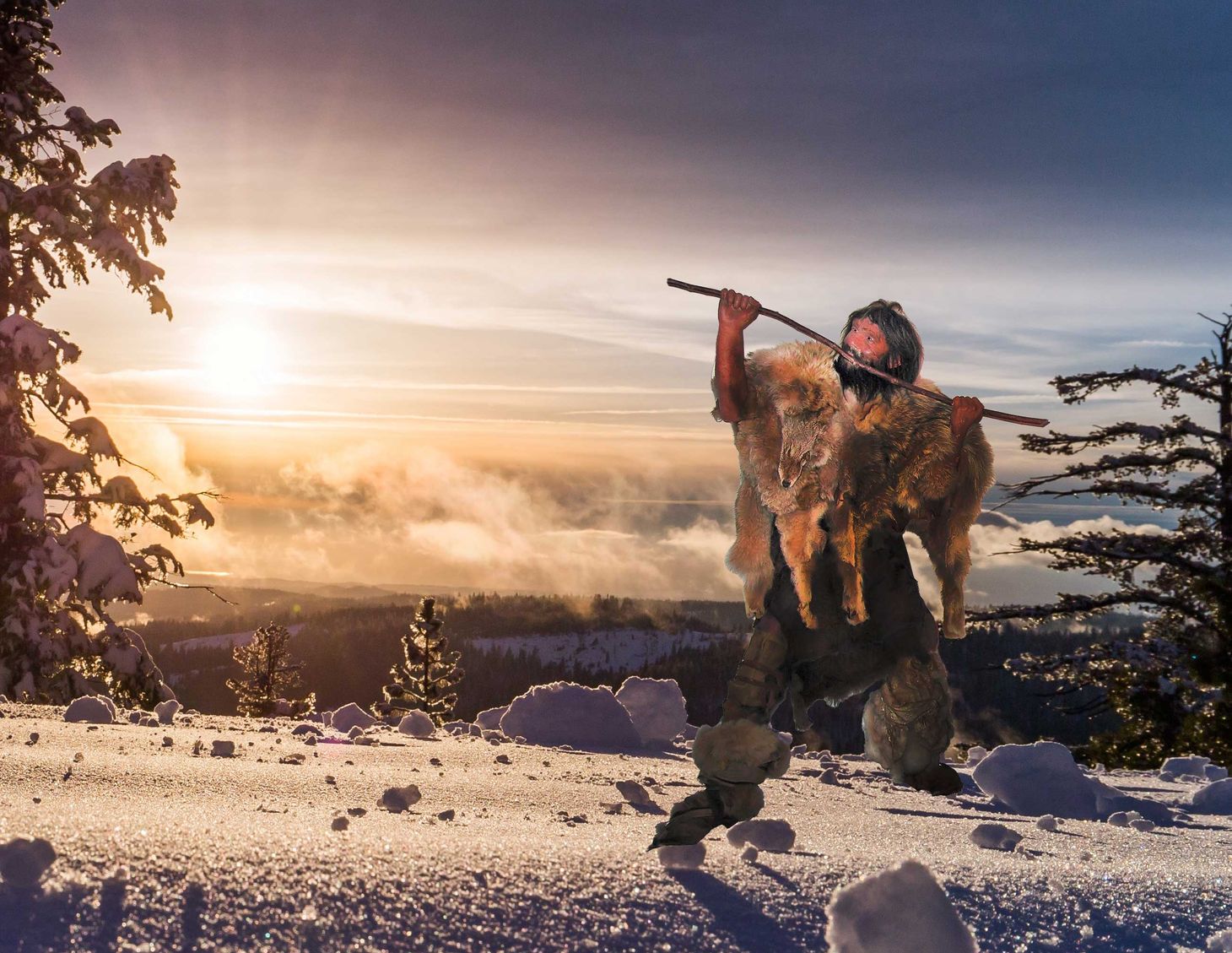
Tracing the genetic histories of ghost apes
The footprints of extinct lineages are the closest we have to a fossil record of the African apes.

Ghostbusters of human origins
Humans tend to mix and interact with each other. Geneticists are once again starting to take that seriously, changing their view of our origins.

What color were Neandertals?
Even with whole genomes, scientists can't say very precisely what pattern of skin, hair, and eye pigmentation was in ancient populations like the Neandertals.

Explaining the X chromosome hole in Neandertal ancestry
Natural selection reduced the variation on human X chromosomes in populations with the most Neandertal and Denisovan mixture. It may have been meiotic drive.

Fossil profile: Skhūl 1 and the mixing of populations
A child's skull from Mount Carmel gives an occasion to look at the history of ideas about population mixture.
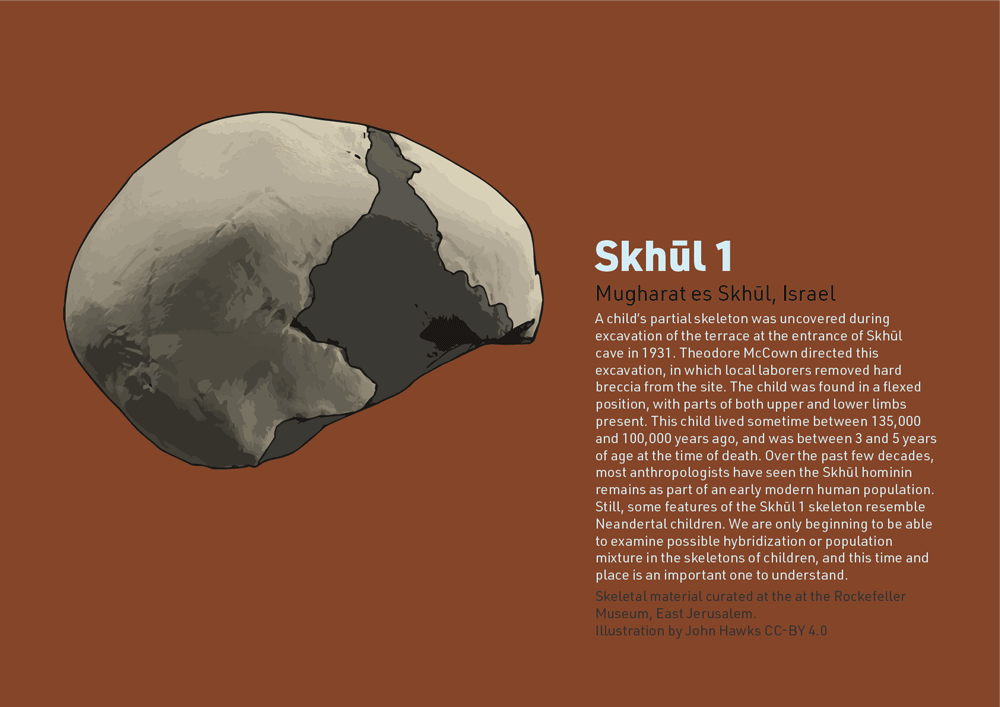
Fossil profile: Zlatý kůň and the Neandertal heritage of early Upper Paleolithic Europeans
A skull from Czechia represents an individual from one of the earliest European modern human populations to encounter Neandertals.
